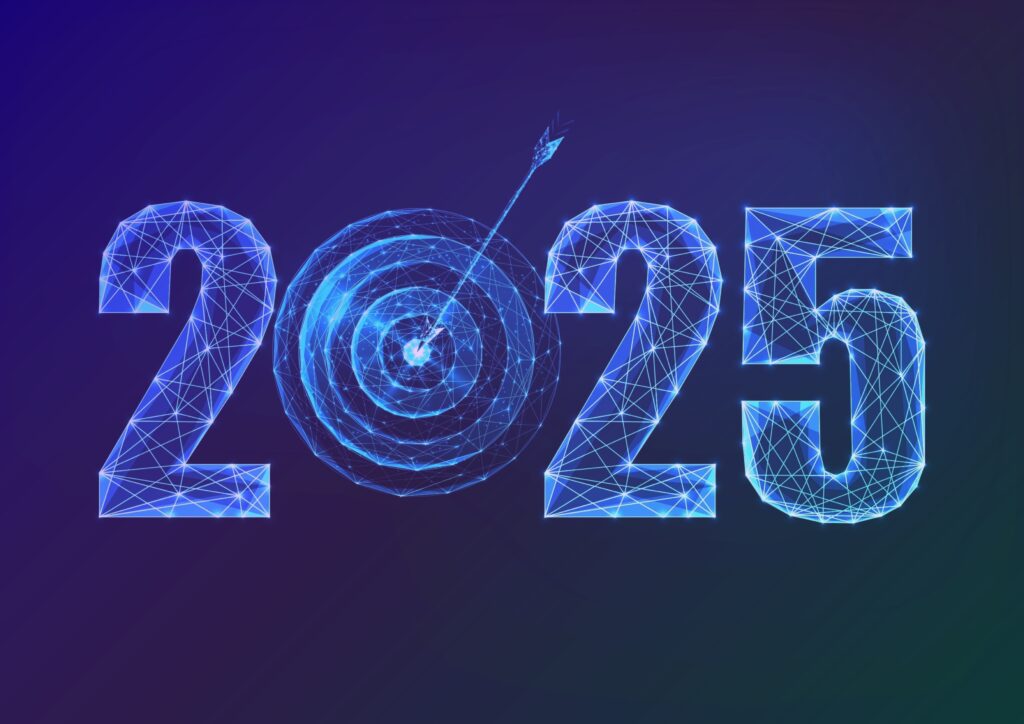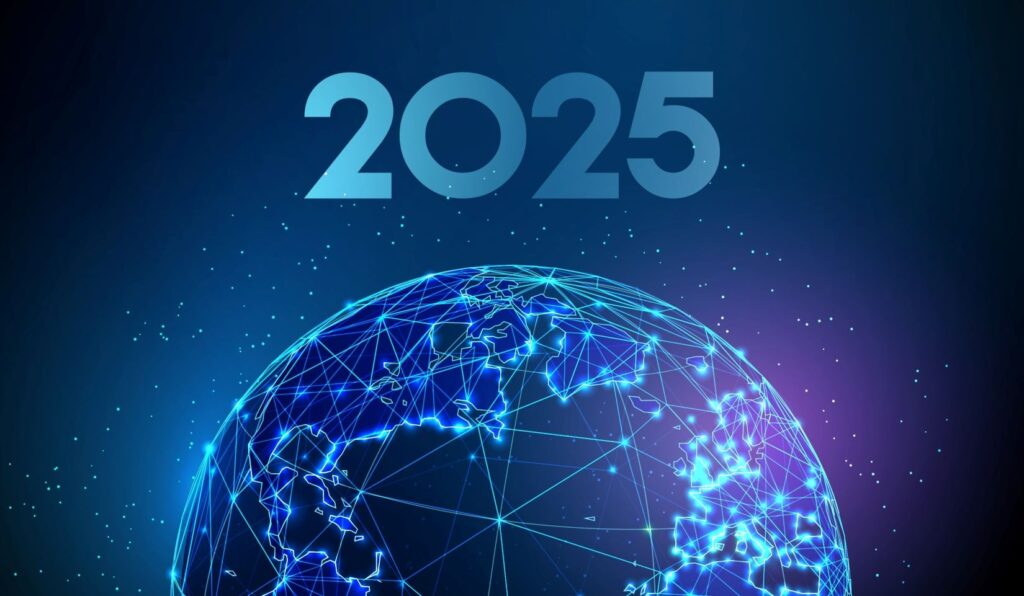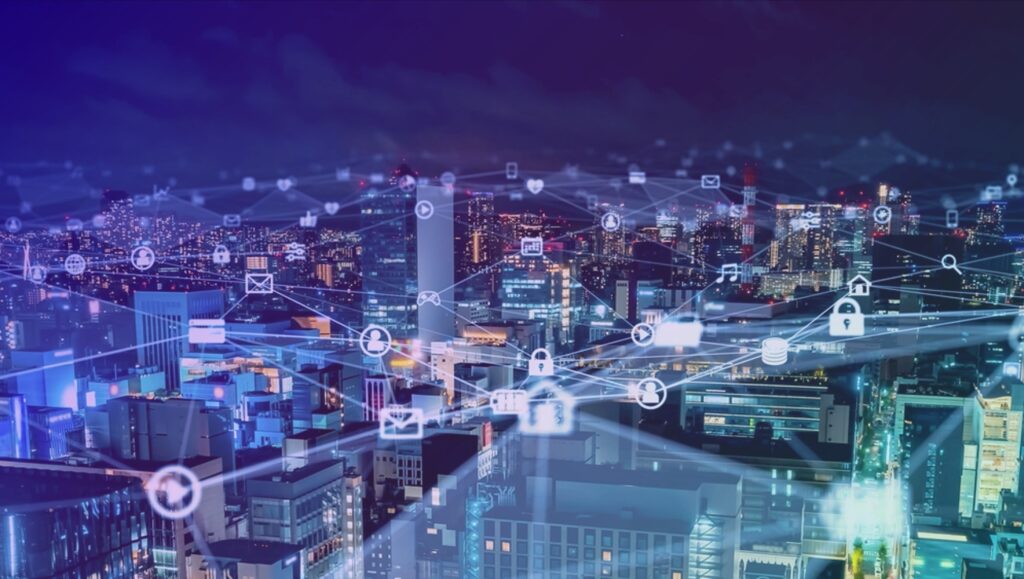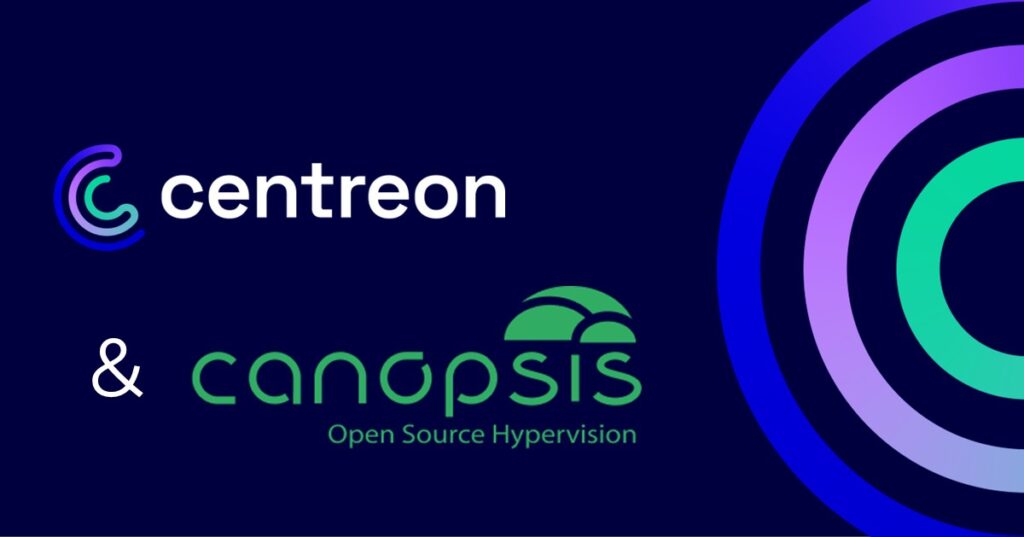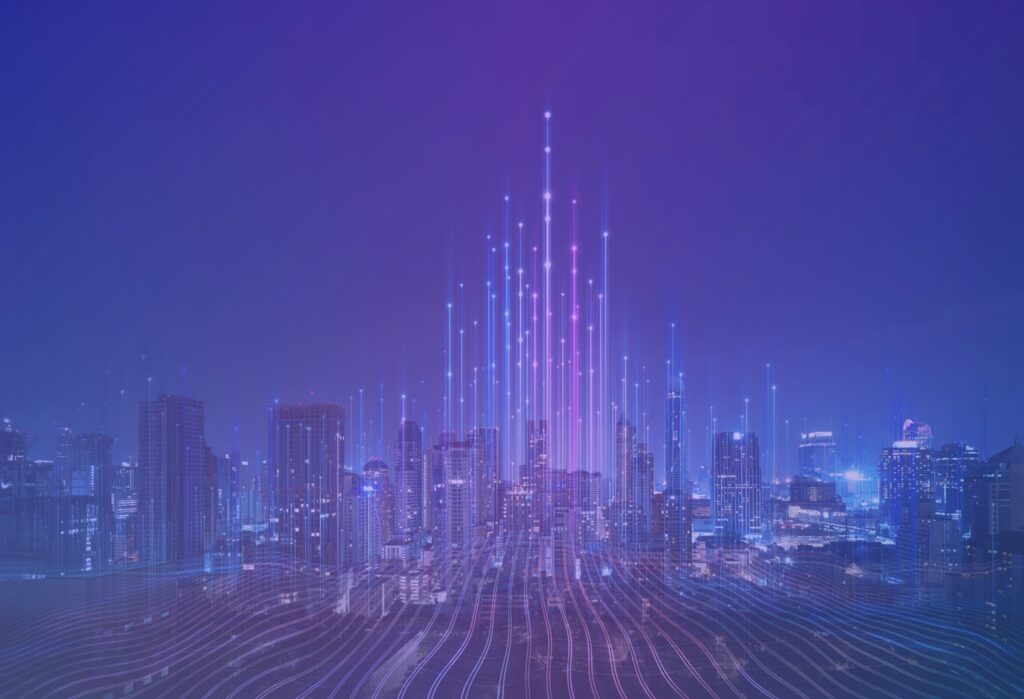We’re often asked: “What is observability vs. monitoring?” The short answer? IT monitoring contributes to observability, but it is not the same as observability. This blog post not only helps you distinguish monitoring from observability, but also helps understand what IT monitoring does to sustain business observability.
What is IT monitoring?
IT infrastructure monitoring dates to the early years of computer systems and networks, as a means to check network hardware and software performance and the activity of multiple users. Today, IT infrastructure fills an even taller order—ensuring the organization fulfills its mission in the most efficient way.
Organizations are supported by extensive digital infrastructure which process, transmit and store the data that is essential for the business to deliver goods and services. This spans physical assets, such as servers, data centers, computers, networks, as much as intangible ones, such as software, virtual machines, virtual servers, the cloud, and containers.
While in the beginning, IT monitoring was accomplished by specific IT personnel using a set of technology-specific tools, the practice is evolving towards tool consolidation and interconnection with other domains such as IT Operations Management (ITOM), Security Information and Event Management (SIEM). IT monitoring now provides a common platform to a large coalition of stakeholders—from ITOps to DevOps up to business managers—and increasingly, AIOps, to help solve IT issues, improve performance and customer experience, and speed up technological innovation cycles.
Today, IT monitoring collects, correlates, and shares data from the full scope of the IT infrastructure, providing insights on the performance of entire workflows. Organizations leverage IT monitoring data not only to ensure their IT environment performs at their peak, but also to contribute to improving business results and value creation.
Now, let’s try to understand what is observability vs monitoring.
What is Observability vs Monitoring?
To quote Gartner, “Observability is the evolution of monitoring into a process that offers insights into digital business applications, speeds innovation and enhances customer experience.” To be enabled, observability needs to feed on an array of data sources—think infrastructure such as cloud and containers, networks, applications. Analytics—increasingly AI-driven, transform the outputs into insights which provide DevOps, SREs, and developers with the knowledge they need to solve broader issues, create new customer-oriented services or products, or deepen their knowledge of the digital business.
The role of IT monitoring in observability
To be enabled, observability requires a sound IT monitoring strategy for the simple reason that IT monitoring participates in making the business observable, through the collection and aggregation of data in environments that are today highly distributed.
Above ensuring infrastructure health status, IT monitoring’s core mission is to make the IT environment supporting business workflows as visible as possible—whether it’s covering on premises or physical devices, clouds, IoT or highly ephemeral assets such as containers, or virtual machines, for example. This process provides a rich and diverse source of data that is just waiting to be shared and mined.
By 2024, 30% of enterprises implementing distributed system architectures will have adopted observability techniques to improve digital business service performance, up from less than 10% in 2020. – Gartner®, Innovation Insight for Observability.
Observability vs Monitoring: A question of alignment
When considering observability vs. monitoring, the important thing to remember is that IT infrastructure monitoring should be aligned with the broader purpose of making the business observable.
- IT monitoring should cover the full digital environment—whether on premises or cloud or edge.
- IT monitoring should provide a multilayered view of workflows from the underlying infrastructure up to the application layer and user experience.
- IT monitoring should link infrastructure performance with the business results infrastructure contributes to generate.
Ultimately, through either pull or push, the IT monitoring platform should exchange data with other key solutions that contribute to the enterprise observability stack, such as adjacent monitoring tools (APM, DEM or NPMD), databases or key business applications. Through a truly centralized and interconnected monitoring platform, the full benefits of observability are within reach.
Let’s start your journey towards observability—why not try Centreon for free or ask our team to give you a demo.
For a limited time: Get your complimentary copy of the Gartner® report: Innovation Insight of Observability.







